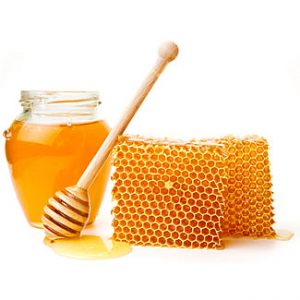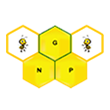Our Process
Purchasing of Raw Honey from Bee Farms
In the honey season every year, samples are taken from the products of the beekeepers by our field collection staffs. These samples are sent to the laboratory. Each container is serially marked giving full details of the beekeeper and his farm location.
Sampling
Each sample is prepared by the complex mixing of honey picked from each bucket. After that sample analysis of the particular sample is done in inhouse laboratory. If the sample complies with the standards (Norms of Pure Honey) then we use it in the process otherwise the whole lot is returned back to the supplier and it also affects supplier evaluation of that particular supplier.
Processing
Processing of Honey involves Decrystallization, Filtration, Moisture Reduction & Homogenization.
Packaging
Finished material is packed in 300 kg epoxy coated drums. Drums are coated with a food grade coating on the interior and an approved coating on the exterior. Our bulk honey division specializes in the bottling and packing of honey in industrial quantities, for use in the catering, food service and general industry.

Nature’s Gift
Honey gets its start as flower nectar, which is collected by bees, naturally broken down into simple sugars and stored in honeycombs. The unique design of the honeycomb, coupled with constant fanning by the bees’ wings, causes evaporation to take place, creating the thick, sweet liquid we know as honey.
The color and flavor of honey varies from hive to hive based on the type of flower nectar collected by the bees. For example, honey made from Orange Blossom nectar might be light in color, whereas honey from Avocado or Wildflowers might have a dark amber color.
Beekeepers – large and small – harvest honey by collecting the honeycomb frames and scraping off the wax cap that bees make to seal off honey in each cell.


